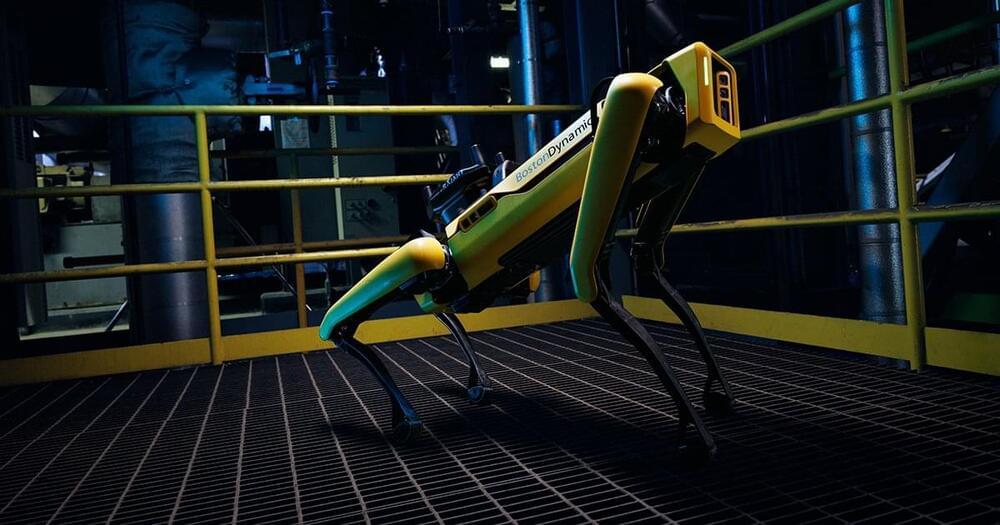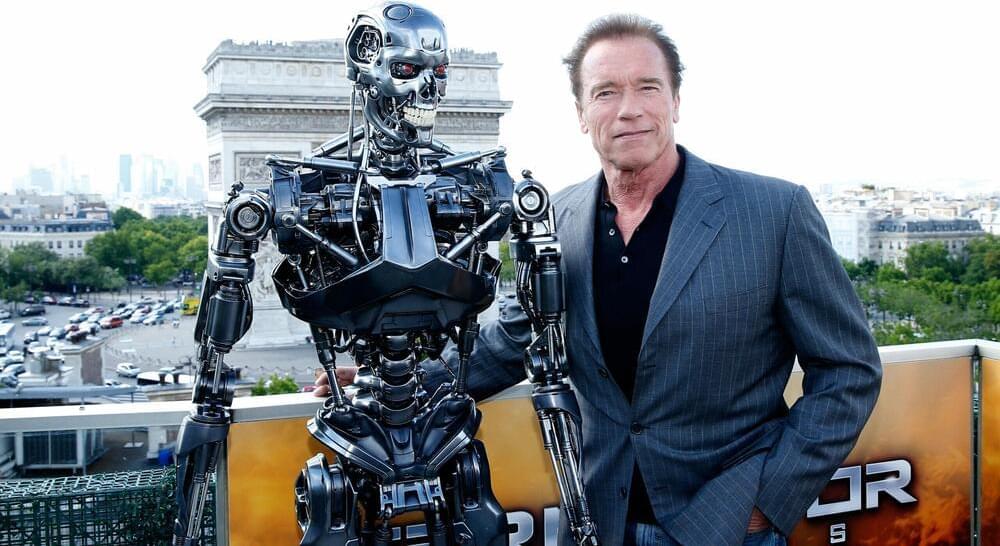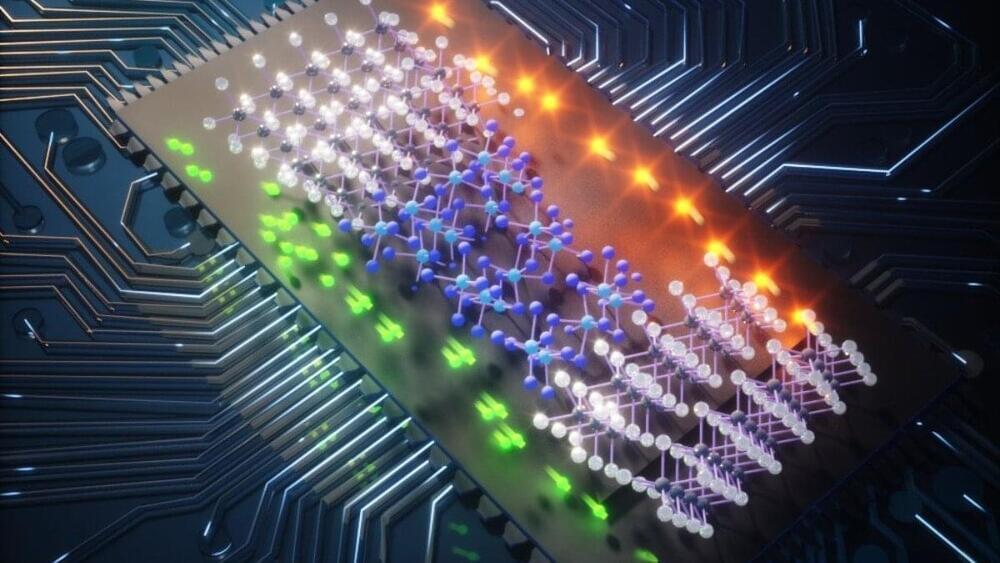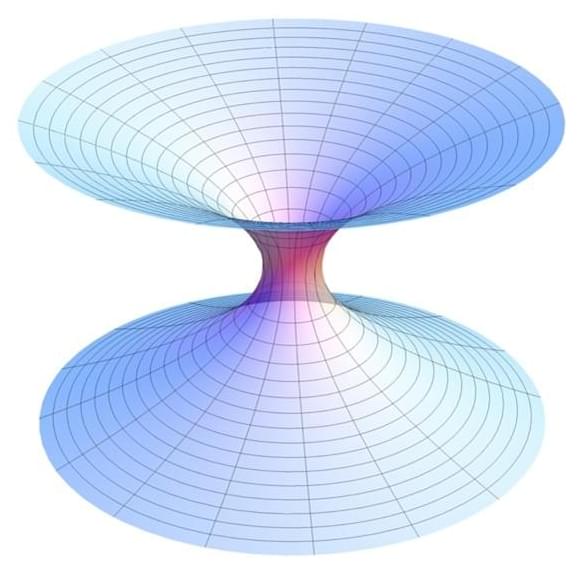
Japanese researcher Makoto Kasu, at Saga University, and a precision diamond jewellery manufacturer have built a 2-inch diamond-coated wafer that can store, they claim, 25 exabytes of data using quantum memory.
Binary data is stored in quantum superpositions using nitrogen vacancies in the diamond material. Currently binary stored is stored as bits, with a value of one or zero, represented by magnetic polarity (north or south), charge in flash (current flows or not) or resistance in ReRAM (high or low). Quantum memory is different in that it stores qubits (quantum bits).
As we understand it, a qubit can have a value of ⎢0⟩ or⎢1⟩ (pronounced “ket 0” and “ket 1”) or a linear combination of both states in any proportion – it does not have a single value. It has a certain probability of being a ⎢0⟩ and another probability of being a ⎢1⟩. This property of a qubit is called superposition and is used in quantum computing, which can use other quantum phenomena such as entanglement and interference.









